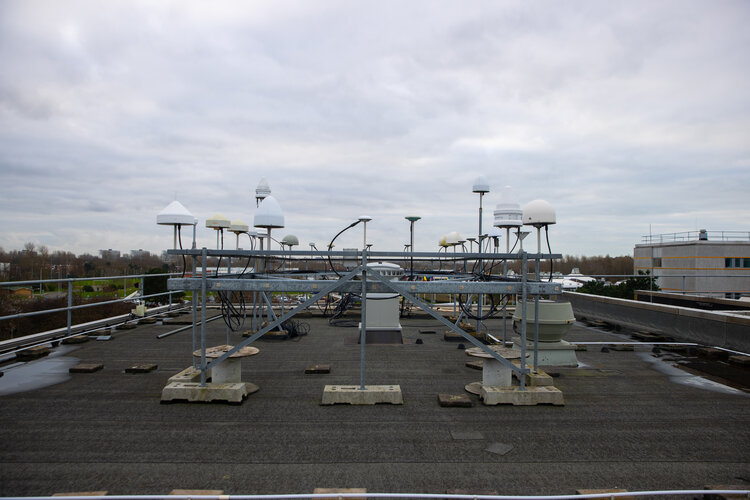A small forest of antennas sprouts from the roof of ESA’s Navigation Laboratory, based at the ESTEC technical centre in the Netherlands, which is among the most frequently satnav-fixed locations on Earth. This is also the site of the very first Galileo positioning fix, acquired back in 2014 using the first quartet of Galileo satellites.
“The antenna is a critical component of any Global Navigation Satellite System user segment, capturing power from the electromagnetic waves it receives, then converting it into electrical current to be processed by the rest of the receiver chain,” explains Radio Navigation Engineer Michelangelo Albertazzi.
“Up here we have a variety of antenna designs in place – such as omnidirectional, high gain and arrays – from leading world receiver manufacturers, which acquire signals from all major global GNSS constellations, including Galileo, GPS, the Russian Glonass and China’s Beidou, as well as regional systems such as Europe’s EGNOS.”
The NavLab is also equipped with state-of-the-art equipment to record, replay and analyze the RF signals picked up by these antennas, to help with its main goal of performing tests, analyses and characterisation of navigation systems for both ESA and external customers.
To find out more about working with ESA facilities, check our new website on the duties and resources of ESA’s Directorate of Technology, Engineering and Quality.



 Image:
Roof of the satnav world
Image:
Roof of the satnav world